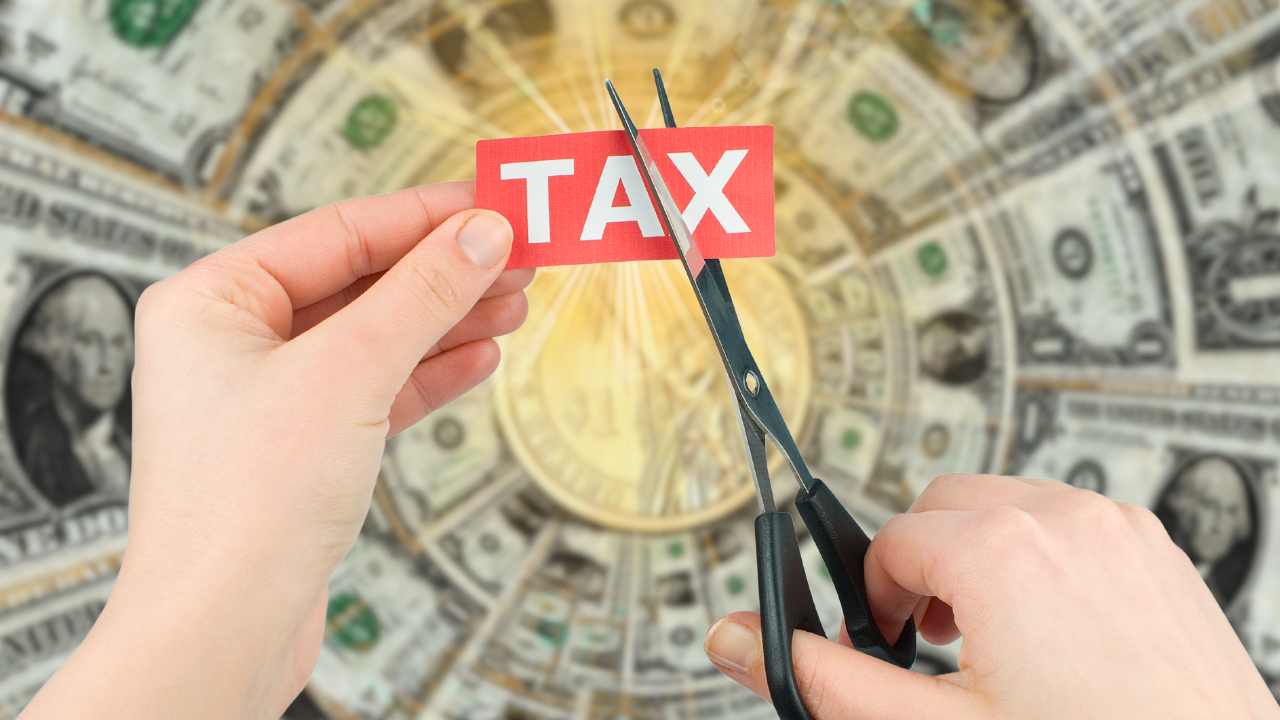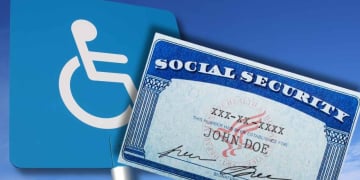A powerful and comprehensive state plan presented a historic fiscal package focused on reducing the tax burden for the middle class. This strategy seeks to combat the rising cost of living in an inflationary context in the state of New York.
According to official estimates, more than 75% of taxpayers will receive immediate relief. Governor Kathy Hochul emphasized the priority nature of these measures.
The proposal adjusts tax brackets to reflect current economic conditions. These changes will directly reduce the tax burden on workers. Hochul explained that the goal is to “ensure that workers can retain a greater portion of their income.” The plan is part of comprehensive efforts to combat the high cost of living.
Inflation Refunds: $500 Stimulus Checks and Expanded CTC
At the same time, one-time inflation-related rebate payments will be implemented. They will benefit approximately 8.6 million residents. The tiered amounts will reach up to $300 for individuals ($150,000 income) and $500 for couples ($300,000). Automatic distribution will begin in the fall of 2025, with a state investment of $3 billion.
The Child Tax Credit will undergo a significant expansion. It will cover more than 2.75 million children in the state. The new amounts will offer up to $1,000 per child under four years old and $500 for children between four and sixteen. The current maximum is $330 per child.
This expansion aims to alleviate child-rearing expenses for low- and middle-income families. The additional support is crucial during prolonged periods of economic stress. Authorities project a substantial impact on the financial stability of households with children.
As a fourth component, a statewide free school meals program will be implemented. All public school students will receive free breakfast and lunch. The measure will benefit approximately 2.7 million students.
Official estimates project benefits for 8.2 million households. The combination of measures reflects a commitment to economic equity. Refunds, credits, and exemptions would mark a turning point for working families. Significant changes would begin to be seen starting in the fall of 2025.
Families with children will receive funds for healthy eating
The food insecurity initiative will require $340 million annually. It will be funded entirely with state funds. The administration claims it will reduce family financial pressure and improve child well-being. It also projects positive effects on student academic performance.
Hochul emphasized that the 2025-2026 fiscal package uses surplus revenues. “These funds come from surplus revenues,” she explained. The rise in prices generated a surplus that will be directly reinvested. No borrowing will be used to finance these initiatives.
The measures seek to improve state affordability through tangible and sustainable relief. They combine tax cuts, direct support, and social programs. The coordinated approach addresses four key areas: taxes, refunds, child loans, and school meals.
Georgia will also distribute up to $500 in tax refunds
The state of Georgia will begin refunding up to $500 to certain eligible taxpayers, according to the Department of Revenue. Refunds are expected to be issued in the coming days.
The southern state will distribute up to $1 billion in these tax refunds: a one-time refund, given to those who have filed their state tax return for the 2024 tax year and meet the established criteria.
The amount depends on the taxpayer’s marital status: amounts start at $250 for single taxpayers or married taxpayers filing separately, $375 for those filing as head of household, and $500 for couples filing jointly.




